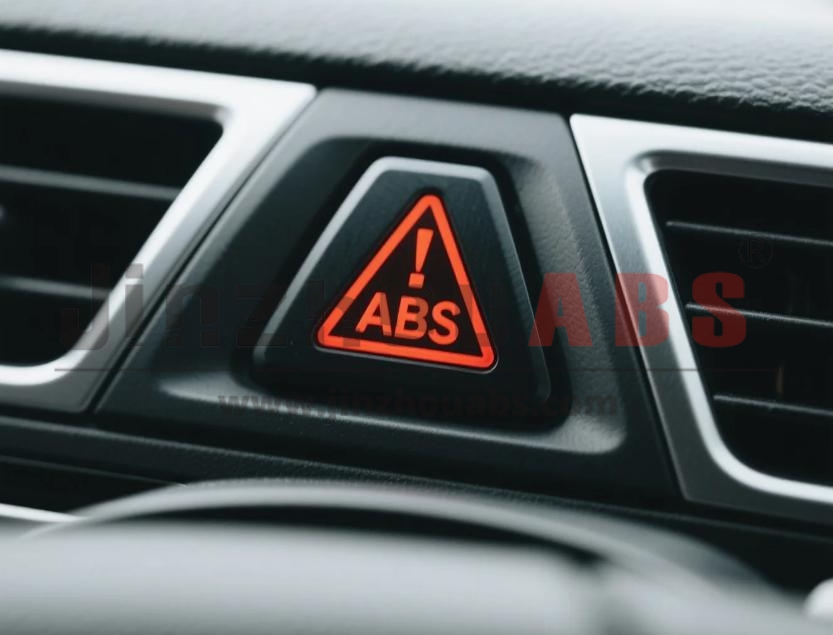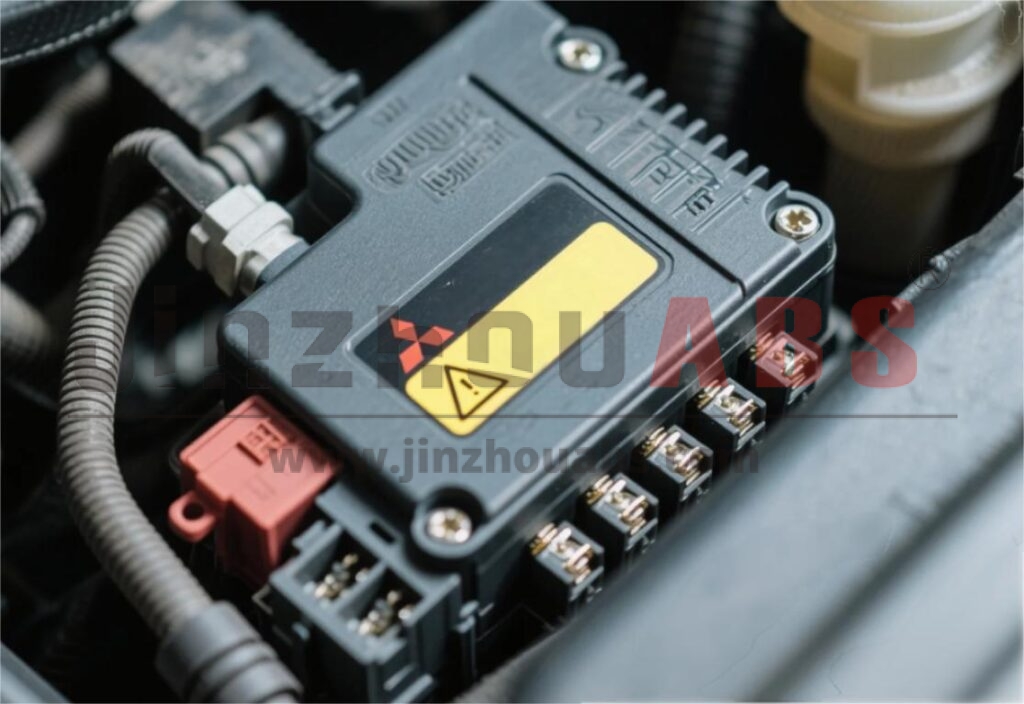Mitsubishi Pajero ABS Malfunction: Causes, Diagnosis, and Repair Tips
The ABS (Anti-lock Braking System) warning light on your Mitsubishi Pajero isn’t something you should ignore. While the basic braking function usually remains operational, the ABS system plays a crucial role in maintaining control during emergency stops by preventing wheel lock-up. When that warning light illuminates on the dashboard, it signals a malfunction that could affect your vehicle’s safety performance, especially in slippery or high-speed conditions.
This guide will walk you through everything you need to know—from the possible causes to detailed diagnostic steps and effective repair solutions.
Understand What the ABS System Does
The ABS system monitors the rotational speed of each wheel through sensors and modulates brake pressure to prevent wheels from locking under heavy braking. This function helps maintain traction and steering control, reducing the risk of skidding or losing control, especially on wet or uneven roads.
When the ABS warning light comes on, it means this safety system may no longer be working as intended. Modern vehicles like the Mitsubishi Pajero use sophisticated electronics, making early diagnosis and correction critical.
Start with the Wheel Speed Sensors – The #1 Failure Point
Wheel speed sensors are the most frequent culprits behind ABS issues. Positioned near each wheel, they send real-time data to the ABS control module. Dirt, grime, road salt, or physical damage can impair signal transmission, triggering the warning light.
Inspection Steps:
- Visually inspect each sensor for physical damage, corrosion, or contamination.
- Clean any debris with brake cleaner or a mild solvent.
- Use a multimeter or diagnostic scan tool to check signal output while spinning the wheel.
- Replace any faulty sensors or repair damaged wires/connectors.
Even slight inconsistencies in signal patterns can confuse the control unit and disable the system, so thoroughness is key.
Evaluate the ABS Control Module – The Command Center
The ABS control unit receives sensor signals and controls hydraulic valves to adjust braking pressure. When this module malfunctions, it can misinterpret data or stop responding altogether.
Signs of a faulty ABS control unit include:
- Intermittent or permanent warning light
- No communication with scan tools
- Error codes such as “ABS control module failure” or “internal circuit error”
If you receive such codes, the module may need reprogramming or replacement. This is a complex repair that should be done by professionals using factory-level diagnostic software like MUT-III.
Inspect Brake Fluid – Often Overlooked
Brake fluid affects the hydraulic pressure that powers your braking system. If the fluid level is too low or if the fluid is contaminated, the ABS pump may not function correctly, causing the system to throw a fault code.
What to check:
- Fluid level between MIN and MAX in the reservoir
- Fluid clarity (should not be dark or cloudy)
- Service history (replace fluid every 2 years or 40,000 km)
Using the correct brake fluid (e.g., DOT 4) is crucial. Avoid mixing different types of fluid, as this can reduce braking efficiency and damage internal components.
Check Brake Components – Pads, Rotors, Calipers
ABS may disengage if it detects inconsistencies in braking performance due to mechanical wear or malfunction. Worn brake pads, warped rotors, or sticking calipers can all cause such issues.
Inspection checklist:
- Pad thickness (minimum safe depth is around 3mm)
- Rotor surface (should be smooth, without grooves or warping)
- Caliper operation (should retract and apply pressure evenly)
A sticking caliper can create unequal braking force, which might be interpreted by the system as wheel lock-up, triggering the ABS light.
Inspect Electrical Connections and Grounds
Like most modern systems, ABS depends on a stable electrical supply. Faulty wiring, corroded connectors, or loose ground points can interrupt power or data signals, leading to intermittent faults.
How to troubleshoot:
- Check all ABS fuses and relays
- Inspect battery terminals and ground wires for corrosion
- Ensure connectors on sensors and control modules are secure
- Measure battery voltage (should be above 12.5V with engine off)
Fluctuating voltage or weak battery conditions can cause ghost errors or communication breakdowns with the ABS ECU.
Use a Professional Diagnostic Tool – Get Specific
To save time and reduce guesswork, plug in a professional scan tool to retrieve Diagnostic Trouble Codes (DTCs). Generic OBD-II readers may not capture ABS-specific codes, so tools like MUT-III (used by Mitsubishi service centers) are recommended.
With the proper scan tool, you can:
- View live data from wheel sensors
- Perform actuator tests (e.g., engage ABS pump manually)
- Clear codes after repairs are done
- Reinitialize the system if necessary
This step is essential to confirm root causes and ensure repairs have been successful.
Consult a Certified Technician – When DIY Isn’t Enough
If you’re unfamiliar with automotive electronics or don’t have the tools required for accurate diagnosis, it’s best to consult a certified repair technician. Many issues, especially those involving electronic modules or integrated CAN bus systems, require precise calibration and expertise.
Preventive Tip: Choose High-Quality ABS Sensors
Not all ABS sensors are made equal. Substandard replacements may not provide accurate data or may fail prematurely. For long-term performance and safety, consider OEM-quality sensors.
One reliable source is JinSensor, a specialized supplier of automotive sensors, including ABS sensors compatible with Mitsubishi Pajero. With over a decade of experience in the field, their sensors are trusted by professionals and come with quality guarantees.
Final Thoughts
While an ABS warning light doesn’t mean your brakes have completely failed, it does indicate a potential safety risk—especially during emergency braking or slippery conditions. Whether it’s a dirty sensor, a faulty module, or a worn-out mechanical component, addressing the issue promptly ensures your Pajero stays safe, responsive, and ready for the road.
A well-maintained ABS system is not just a feature—it’s a life-saving technology. Don’t wait for a minor issue to become a major problem. Use this guide to keep your Mitsubishi Pajero in top shape.




